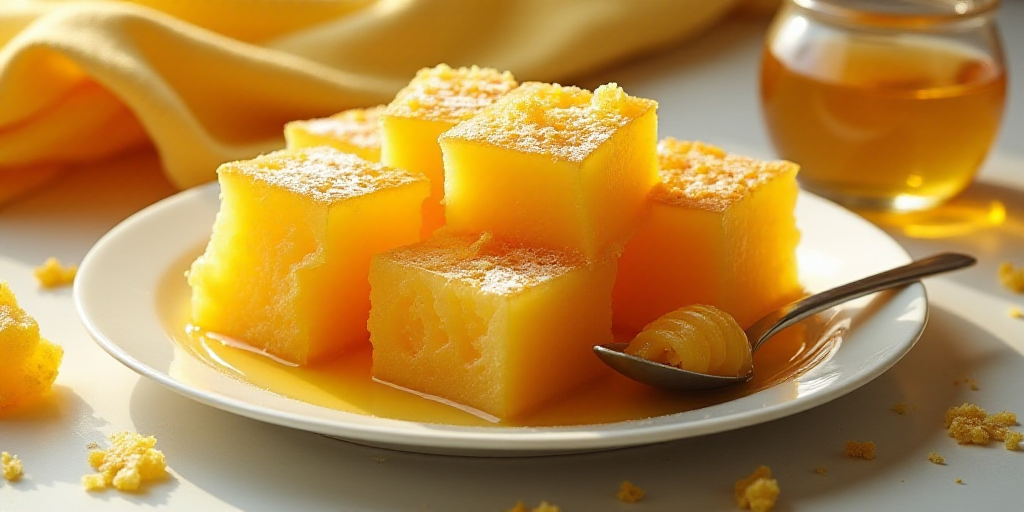Mexico’s Rich Melissocracy: A Global Reference
Mexico boasts one of the world’s most diverse melissocrities, not just for its over 2,000 native bee species but also due to the variety of its flora that allows each region to produce a honey with unique identity. From light, amber-colored honeys of the south to dark, dense ones from the north, some with citrus notes, others with herbal flavors, and even floral honeys with salty undertones from coastal flowers, each honey tells a story of its origin.
Yucatan’s Tajonal and Dzidzilché Honeys
Yucatan is a significant honey producer in Mexico and an international reference for its multifloral honey and the ancient production of melipona honey. However, the tajonal (a wild shrub) and dzidzilché (an indigenous honey-producing tree) give rise to some of the most distinctive honeys: light, amber-colored, with sweet, herbaceous, and slightly spicy flavors. These are especially valued in Europe and often marketed as gourmet products.
Mesquite Honey: Desert Gold
In states like Coahuila, Nuevo León, and Sonora, mesquite honey is as prized as it is rare. Produced during mesquite blooming season, it has a smooth flavor with vanilla undertones and a caramel-like texture. Its production is complicated by drought and low floral density, making each kilo a result of patient, limited harvesting, adding to its preciousness.
Veracruz: Citrus and Blossom Honey
In Veracruz, where citrus groves and coffee plantations thrive, bees find intense blossoming of orange blossoms. The honey produced has citrus, fresh, and floral aromas, perfect for fine pastries or pairing with soft cheeses. Blossoming typically occurs in March and April, making its aromatic profile a favorite among chefs and artisanal bakers.
Coffee Plantation Honey: A Chiapan Secret
In Chiapas, honey derived from coffee plantation blossoms is a lesser-known treasure. Produced in high altitudes amidst shade and humidity, it has a complex profile combining notes of cocoa, nuts, and flowers. Sometimes, it’s naturally blended with nektars from other tropical plants like macuilís, giving it unique depth and richness.
The Stories Behind the Honeys
Each of these honeys not only has a distinct flavor but also carries a story: rural communities living from apiculture, women leading meliponary cooperatives, families raising chemical-free bees and selling in local markets. Using local honey in cooking is a flavorful decision that also supports biodiversity and regional economies.
Key Questions and Answers
- What makes Mexican honey so diverse? Mexico’s rich biodiversity, with over 2,000 native bee species and a wide variety of flora, contributes to its diverse honey production.
- What are some notable Mexican honeys and their origins? Notable Mexican honeys include Yucatecan tajonal and dzidzilché honeys, Coahuila, Nuevo León, and Sonora’s mesquite honey, Veracruz’s citrus and blossom honey, and Chiapas’ coffee plantation honey.
- Why are some Mexican honeys considered gourmet? Certain Mexican honeys, like those from Yucatan’s tajonal and dzidzilché, are prized for their unique flavors and aromas, making them sought-after gourmet products.
- How does using local honey support regional communities? Choosing local honey contributes to preserving biodiversity and supports rural communities, cooperatives, and small-scale producers who maintain sustainable apiculture practices.






